The automotive world is full of innovation, power, and bold design—but not every car gets the green light from government regulators. Some astonishing vehicles, despite their track-only limits or extreme builds, are still legal in specific contexts, such as private ownership or racetracks.
Others, equally thrilling, are completely banned due to safety concerns, emissions regulations, or policy restrictions. This list explores two electrifying categories: five extraordinary vehicles that somehow remain legal, and five that failed to meet regulatory standards.
From cutting-edge supercars to unconventional machines, this breakdown reveals the fascinating divide between what enthusiasts can still experience and what’s been pushed out of reach.
5 Vehicles That Are Somehow Still Legal
1. Aston Martin Vulcan – A Racing Marvel Within Reach
The Aston Martin Vulcan is one of the most breathtaking and powerful creations in Aston Martin’s storied history. It’s powered by a monstrous 7.0-liter naturally aspirated V12 that produces over 800 horsepower. Designed in collaboration with Aston Martin Racing, it features a full carbon fiber chassis and carbon-ceramic brakes.
Though it’s not road-legal, it is fully legal to own and drive on private tracks. Only 24 of these $2.3 million machines were built, making it an exclusive treasure. It’s a car that blends extreme performance with track-focused engineering, and yet, somehow, remains within the bounds of legality—barely.
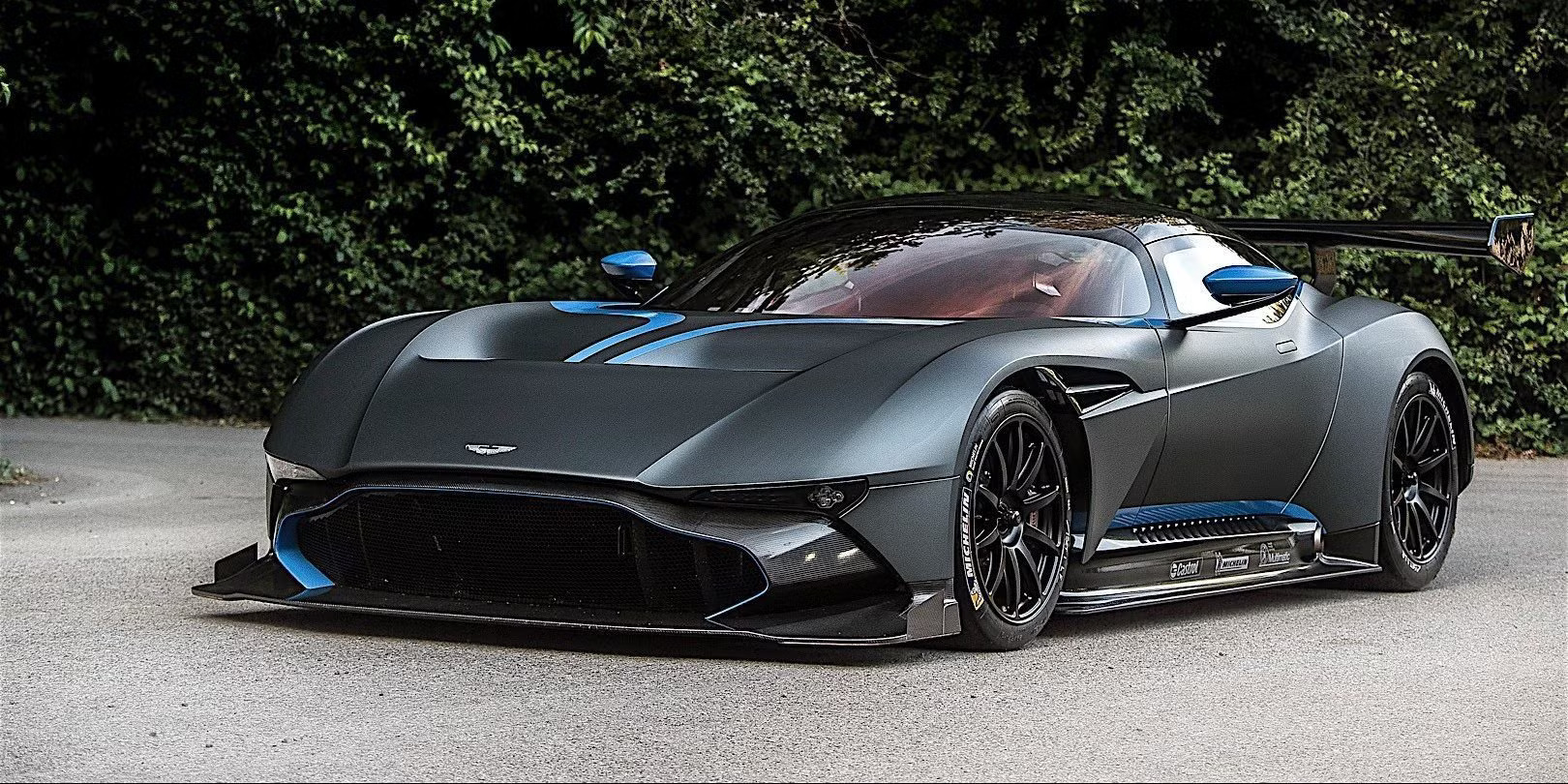
2. Bugatti Bolide – The Track Titan You Can Still Buy
The Bugatti Bolide is an aerodynamically optimized track monster, based on the Chiron but radically lightened and more powerful. With 1,578 horsepower from a W16 engine, it’s one of the most powerful track-only cars ever produced. Bugatti plans to produce just 40 units, each costing around $4.8 million.
Despite its intense specs and complete lack of road legality, ownership is entirely legal for private collectors and track use. It exists in a rare category: too wild for the street, but not too wild for ownership. For billionaires craving performance over practicality, the Bolide remains an obtainable piece of fantasy.
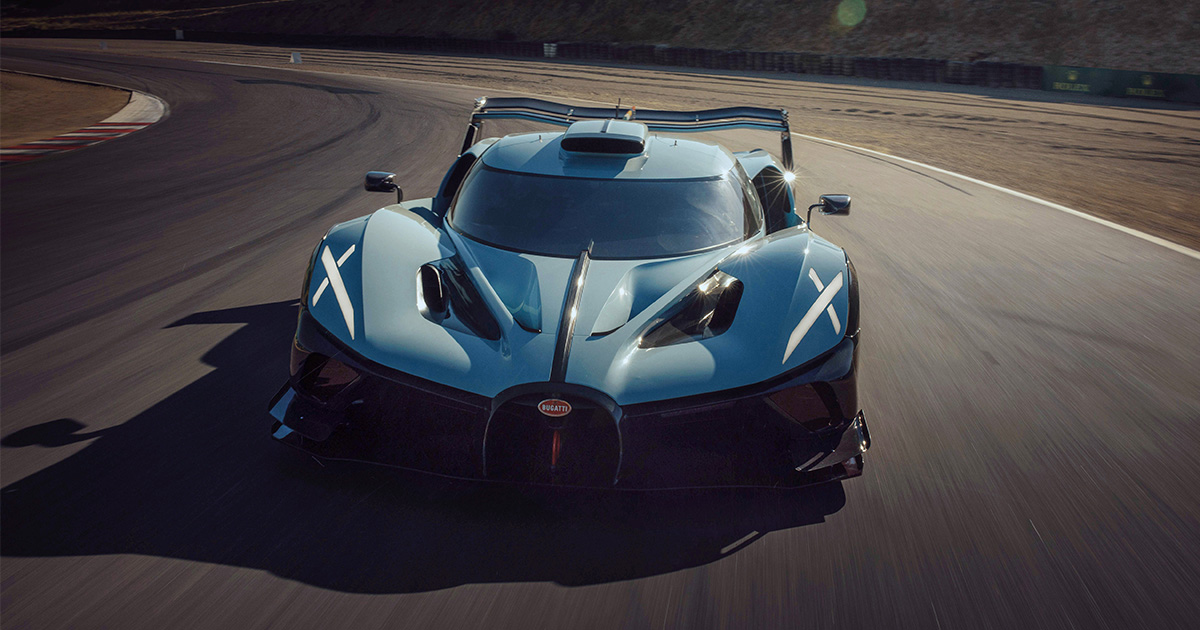
3. Dodge Viper ACR-X – Brutal, Legal, and Legendary
The Dodge Viper ACR-X was built for pure track dominance. Celebrating the end of the second-generation Viper, this 8.4-liter V10-powered machine produced 640 horsepower and 605 lb-ft of torque. It featured a racing suspension setup and sticky Michelin slicks, contributing to a Nürburgring lap time of 7:03.06.
Though not legal on public roads, the ACR-X can still be owned, maintained, and raced privately. Its aggressive styling, roaring engine, and American muscle identity make it one of the most beloved and respected track-only cars that’s fully legal to own—assuming you have the space and skill to handle it.
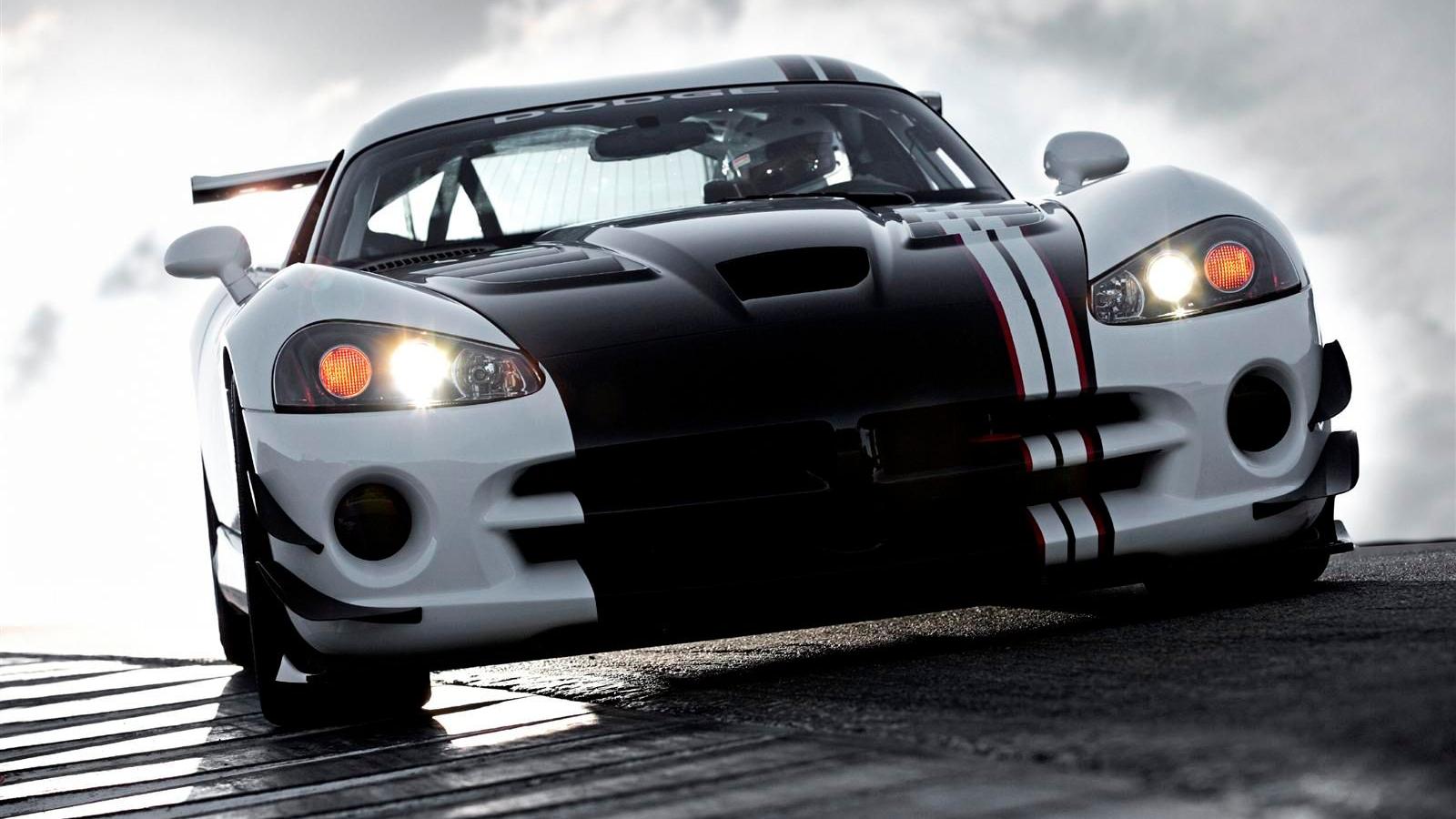
4. Ferrari 599XX – The Science of Speed
The Ferrari 599XX is more than just a car—it’s a rolling laboratory for innovation and elite racing experience. Based on the 599 GTB Fiorano, it packs a 720-horsepower V12 engine and weighs significantly less than its road-legal counterpart. The result? A Nürburgring lap time of 6:58.16.
Ferrari made just 29 units, each offered to a select group of clients for exclusive track events. While it’s not road-legal, ownership and operation within Ferrari’s racing program are completely above board. The 599XX is a masterclass in engineering, combining raw performance with legal accessibility for those lucky enough to afford it.

5. Ferrari FXX K – The Future of Hypercars
The Ferrari FXX K is a hybrid hypercar that blends V12 power with electric assistance, producing a jaw-dropping 1,036 horsepower. Based on the LaFerrari, this track-only machine is loaded with cutting-edge aerodynamics and 15-inch Brembo brakes. Ferrari has kept lap times unofficial, but rumors suggest a Nürburgring time of 6:35.
Despite its ferocity and exclusivity—under 40 units were made—it’s legal to own and race under Ferrari’s Corse Clienti program. Though you won’t see it on public roads, the FXX K showcases the fine line between banned and legal, offering a legitimate experience for the ultra-wealthy and well-connected.
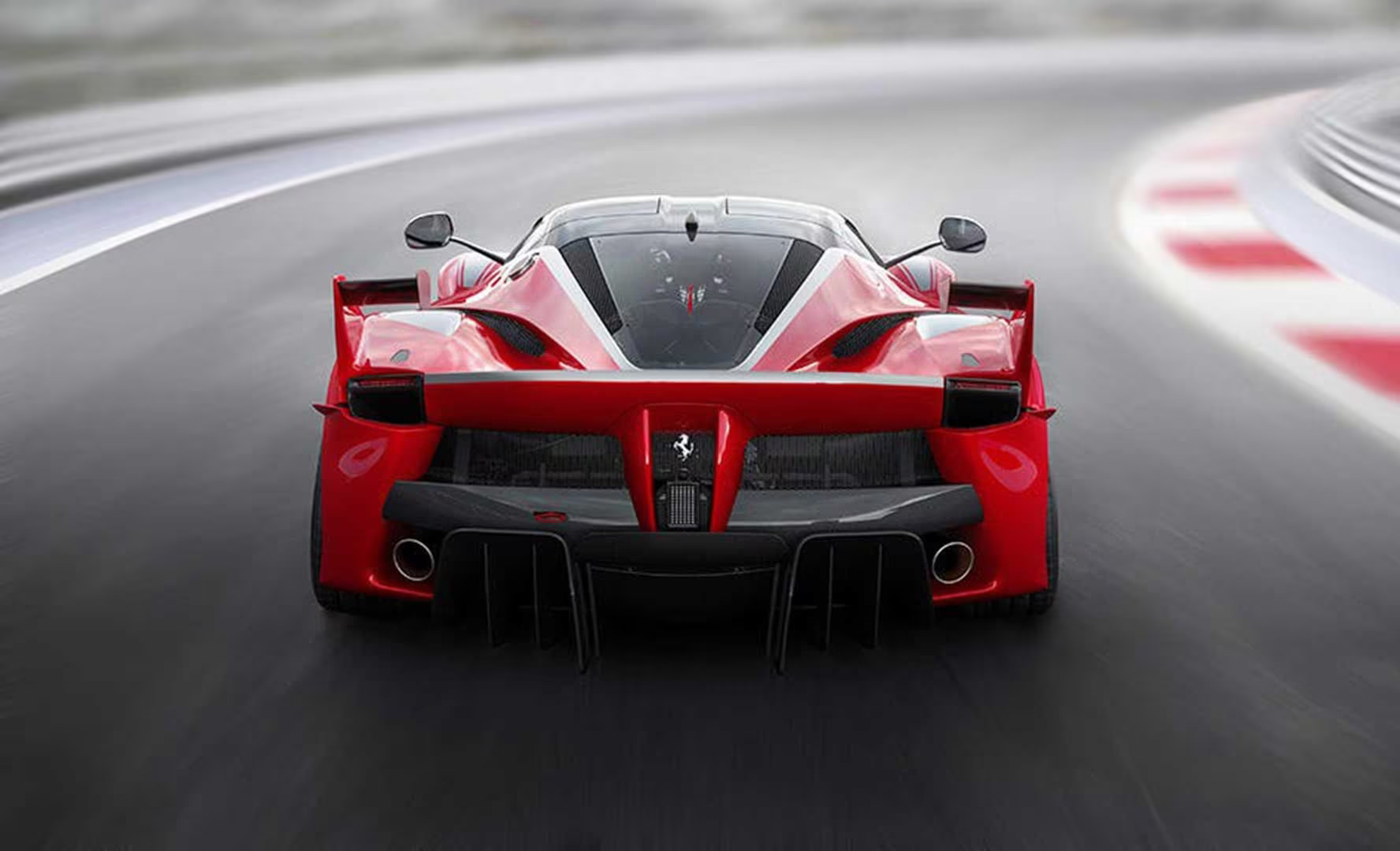
Also Read: 5 Cars That Still Sell at Auction and 5 That Are Worthless
5 That Got Banned
1. Smart Crossblade – When Minimalism Goes Too Far
The Smart Crossblade is perhaps the most bizarre creation ever to be taken seriously. Lacking doors, a roof, and even a windshield, it was marketed as a fun, lightweight city vehicle. Unfortunately, the U.S. government didn’t share that sense of humor. With practically zero crash protection, it was deemed far too dangerous for public roads.
Even European consumers were skeptical, resulting in very limited popularity. It’s since become a collector’s curiosity rather than a practical ride. While it’s not illegal to own, driving it on U.S. highways is out of the question. It’s a toy more than a transportation option.
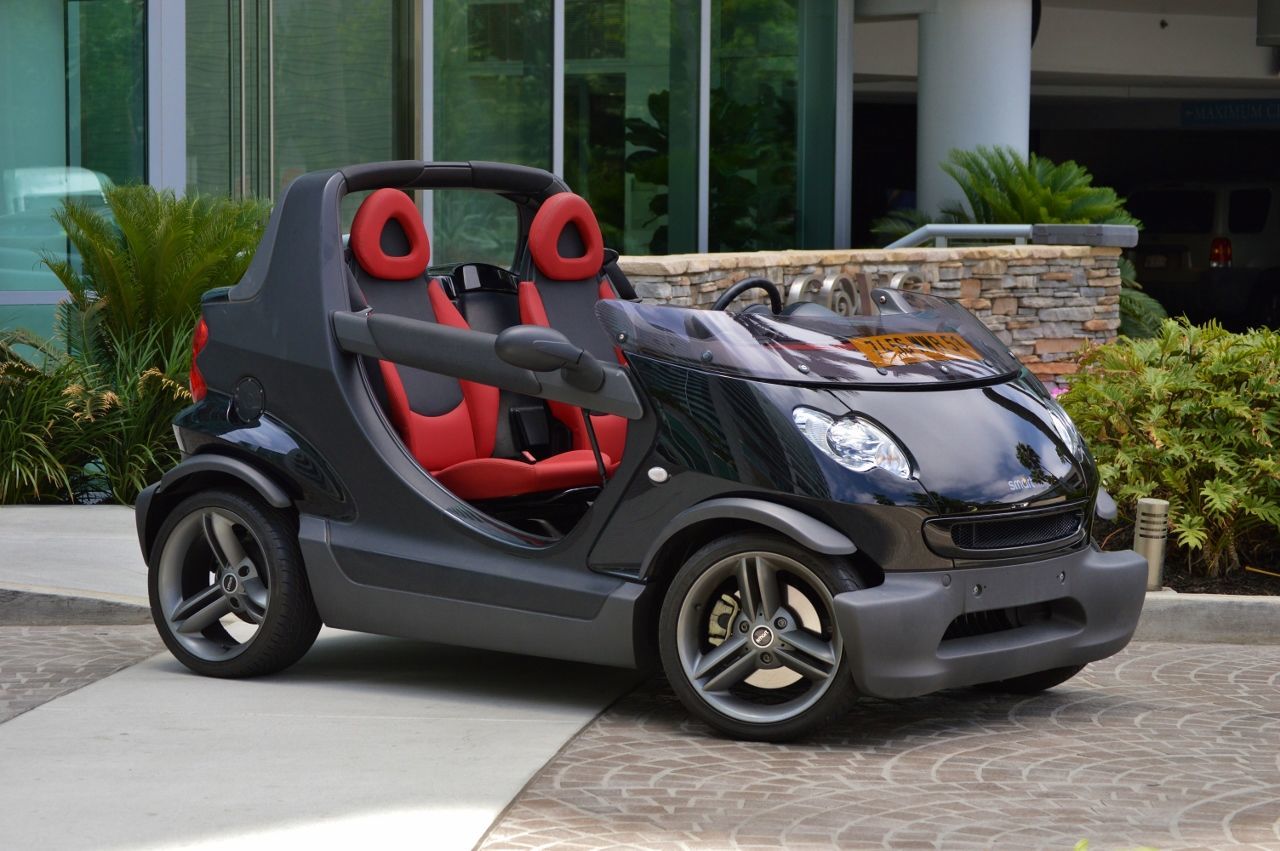
2. BMW M135i Hatchback – The M Car You Can’t Have
The BMW M135i hatchback is a sharp, quick, and well-equipped hot hatch. Its small size, turbocharged performance, and advanced features make it an ideal city performer. Despite this, it’s not available in the U.S.—not because of safety issues but due to market strategy and import hurdles.
BMW has chosen not to modify it to meet North American standards, which effectively bans it from U.S. roads. While it’s legal in Europe and many other regions, American enthusiasts are left wishing for a car that ticks nearly every box. Its absence feels more like a business decision than a safety concern.
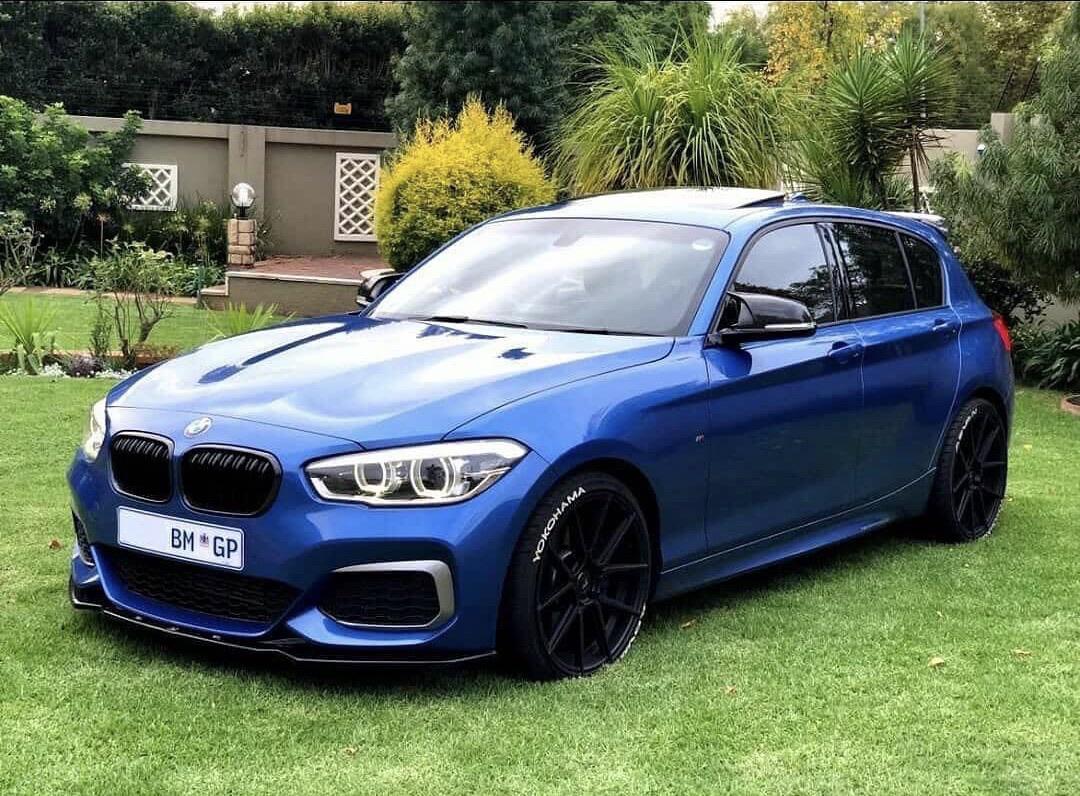
3. Audi RS 6 Avant (Earlier Models) – Wagon with a Warrant
Audi’s RS 6 Avant offers wagon practicality with supercar power. Earlier models were never sold in Canada, primarily due to import restrictions and regulatory challenges. Though not dangerous or environmentally harmful, it fell victim to bureaucratic red tape.
Ironically, the RS 6 Avant feels tailor-made for Canadian roads: fast, stable, and perfectly suited to snow-covered highways. Despite recent shifts allowing newer models into North America, earlier versions remain banned.
This powerful family car proves that legality isn’t always about speed or emissions—sometimes, it’s about being in the wrong market at the wrong time, regardless of demand.
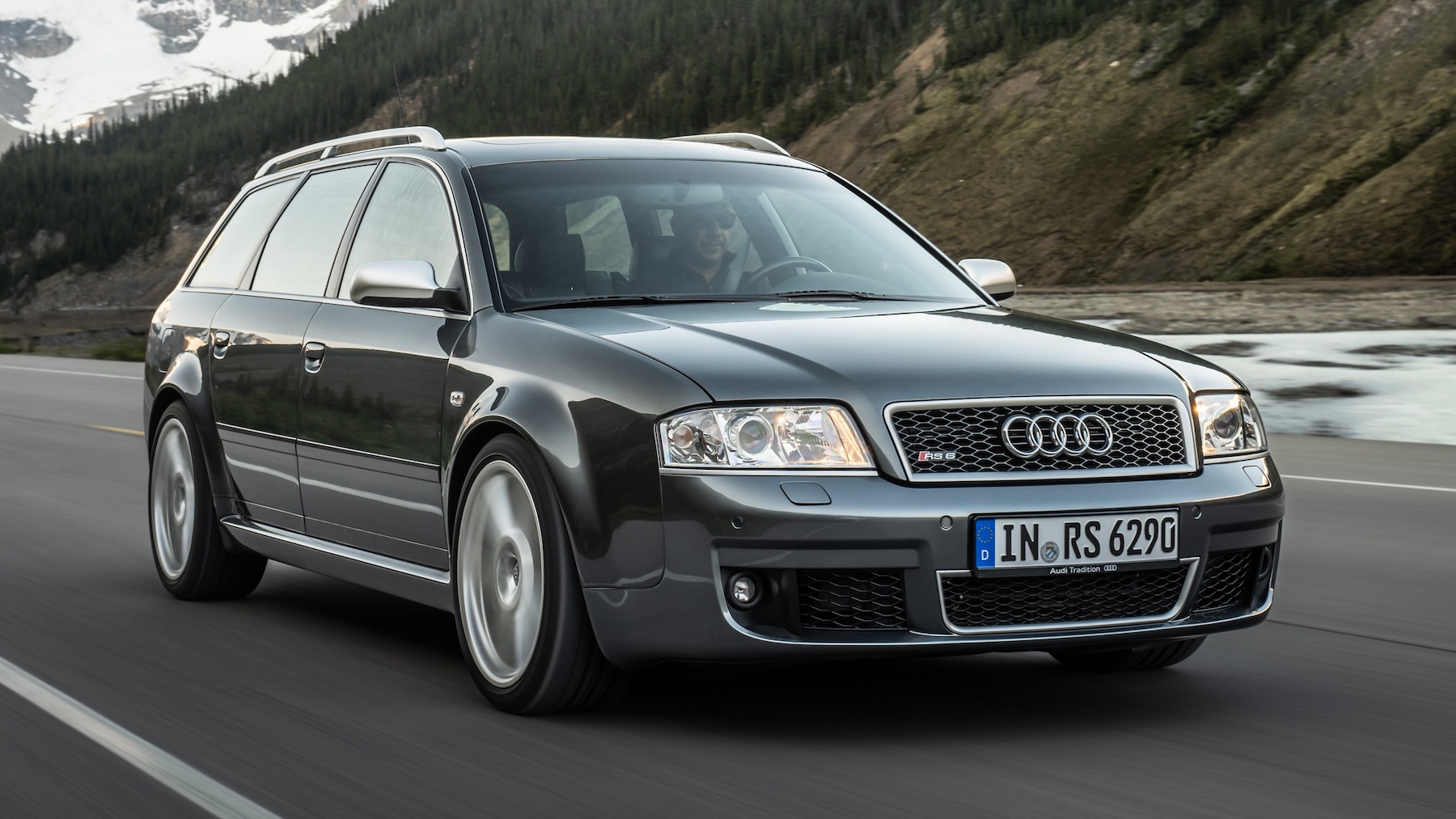
4. Lamborghini Strosek Diablo – Beauty with a Ban
The Lamborghini Strosek Diablo is a radical redesign of the already extreme Diablo, featuring unique side mirrors, aerodynamic tweaks, and a top speed of 200 mph. Unfortunately, its structural modifications and mirror placements did not pass U.S. safety inspections.
The National Highway Traffic Safety Administration banned it due to concerns over driver visibility and control at high speeds. Despite being based on a legal Lamborghini, its customization ultimately cost it street legality.
Today, it sits in private garages and collectors’ showrooms—an object of desire and frustration for fans of speed and style. It’s banned, but not forgotten.
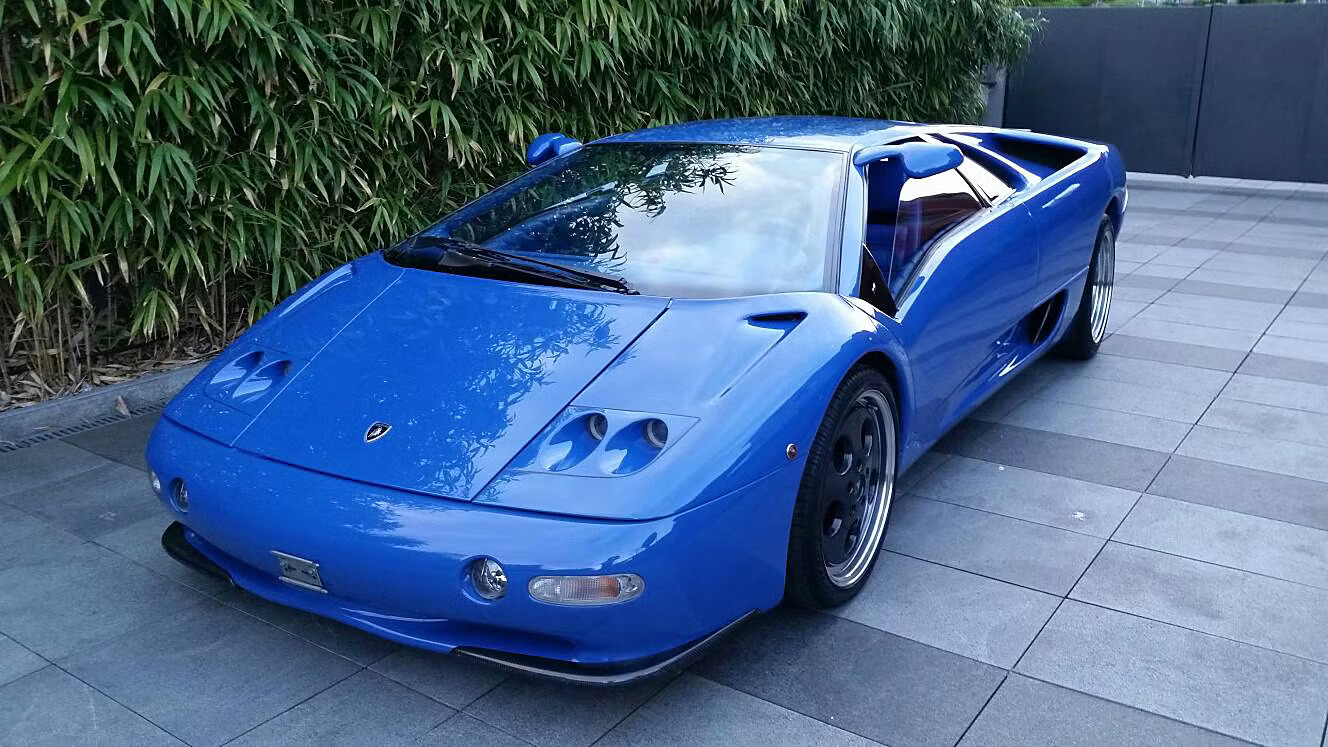
5. Mercedes CLS 63 AMG Shooting Brake – Too Sleek for the States
The Mercedes CLS 63 AMG Shooting Brake was a gorgeous blend of practicality and performance. With a 5.5-liter twin-turbo V8, it offered the power of an AMG with the convenience of a wagon. Yet it never made it to U.S. shores, likely due to market preferences and regulation costs.
While not outright unsafe, its classification, fuel economy standards, and import complexities made it a no-go for America. It joins other forbidden Mercedes models like the G300 CDI and Sprinter Pickup. Though available elsewhere, this elegant performance machine remains another casualty of U.S. automotive red tape.
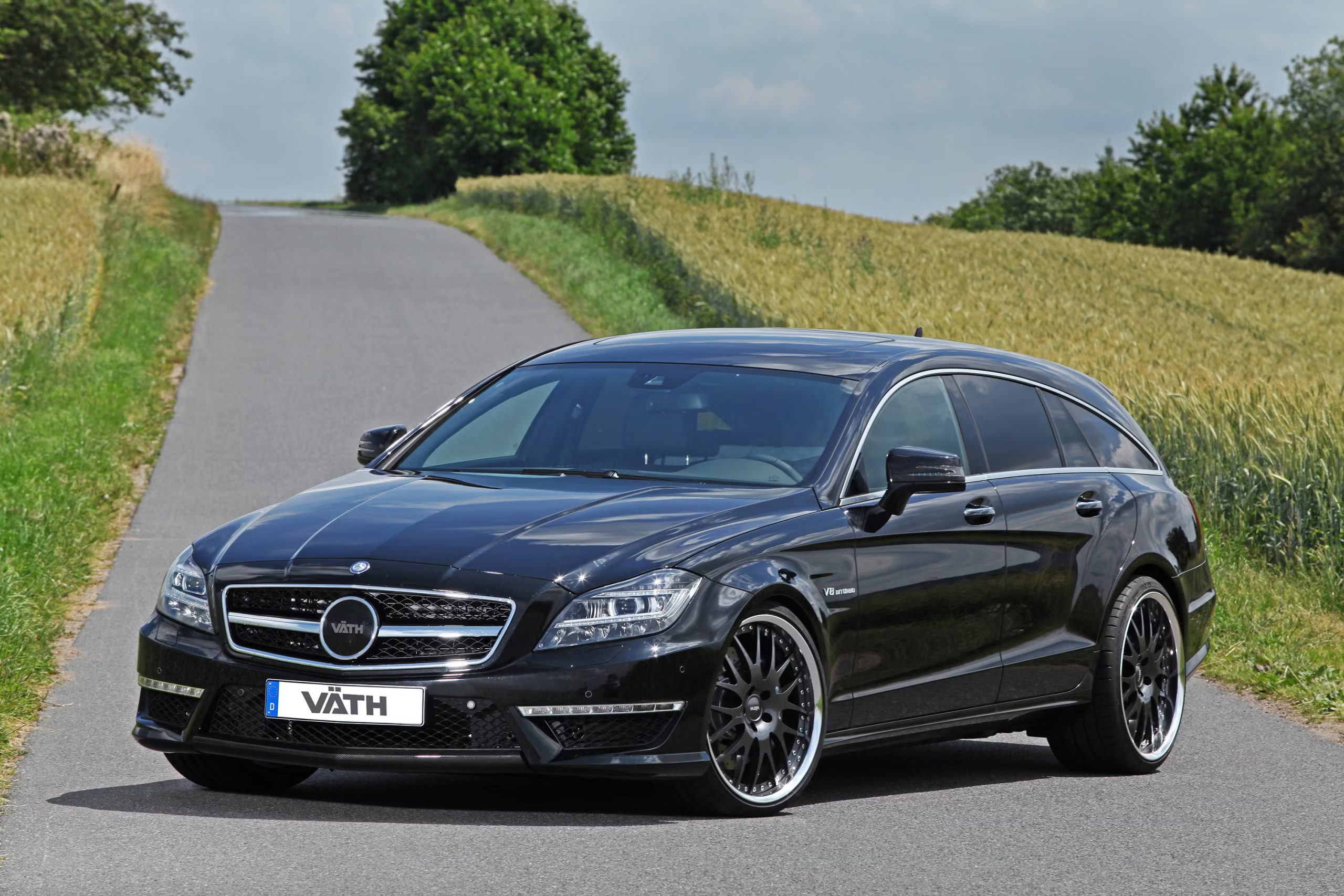
These ten vehicles showcase the fascinating split between what’s allowed and what’s restricted in the automotive world. Some, like the Vulcan and FXX K, are too extreme for daily driving but remain legal through private channels.
Others, like the Strosek Diablo or Smart Crossblade, cross regulatory lines and end up banned, not because they lack power, but due to safety or bureaucratic limitations.
Whether still legal or forced into retirement, these cars continue to ignite passion among enthusiasts. They remind us that the line between banned and brilliant is often thin—and sometimes, the best cars live just outside the law.
Also Read: 5 Cars That Will Pass the Next Inspection and 5 That Won’t

